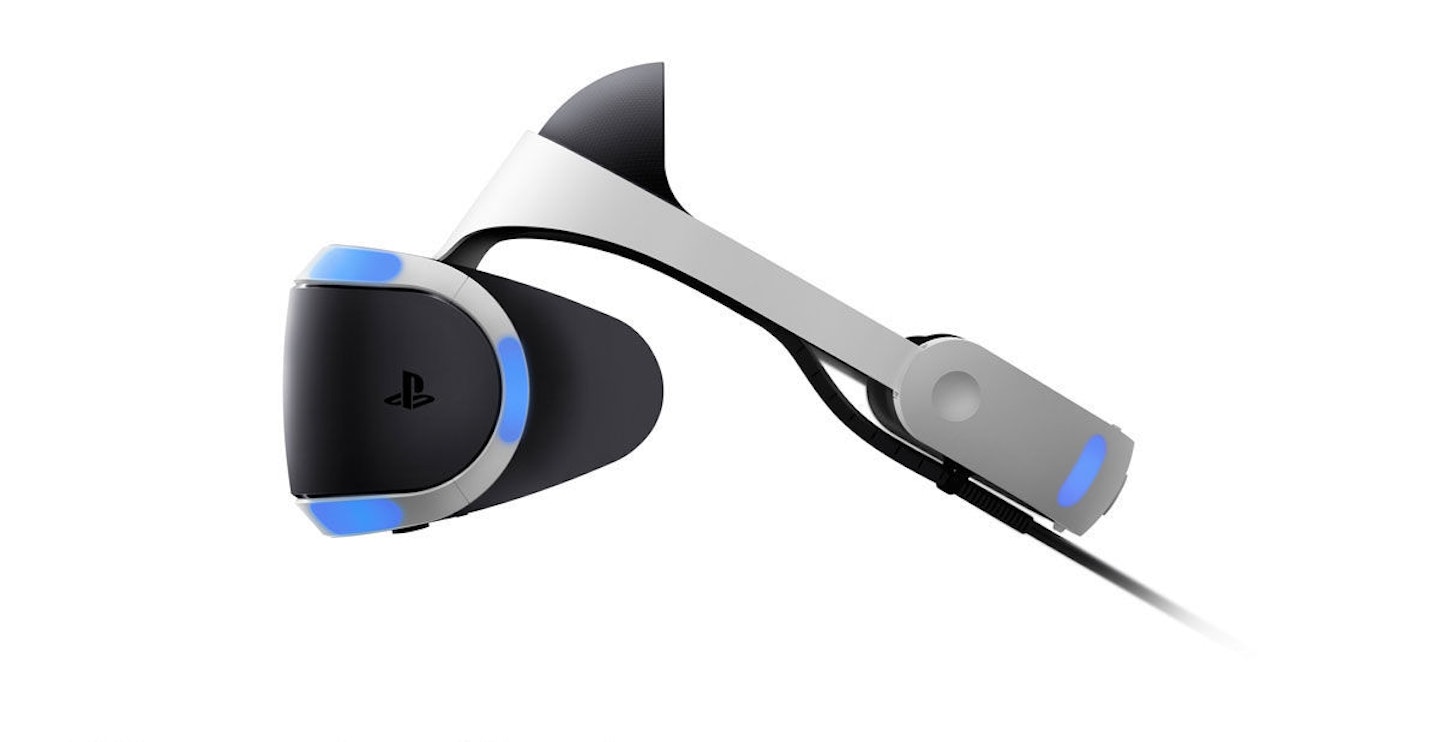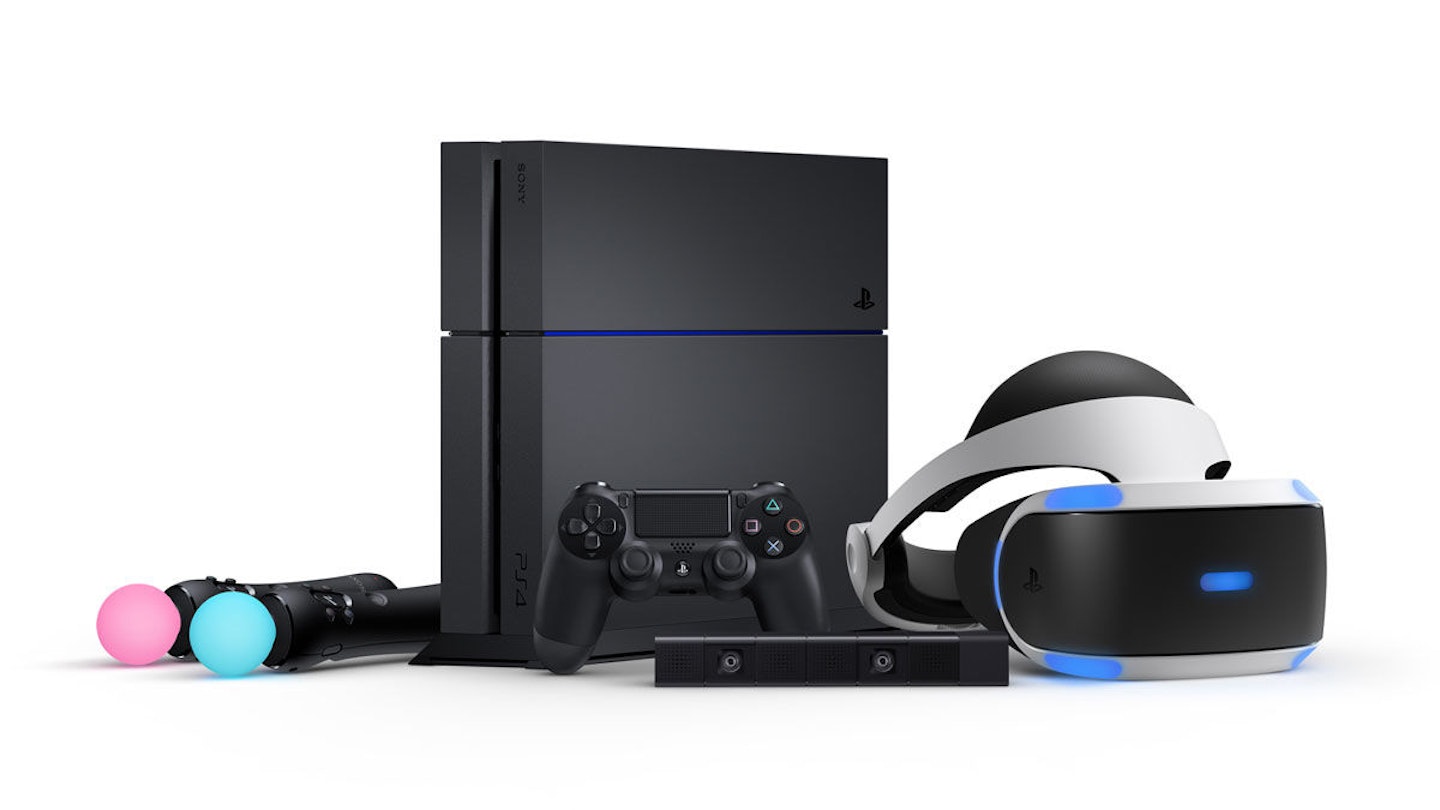The concept of strapping an unwieldy headset to your face and viewing an artificial environment has been rattling around in speculative fiction since the 1930s. It wasn’t until the eighties, though, that the promise of virtual reality became a gaming reality. The early cabinet-plus-periscope approach of the Battlezone arcade, soon gave way to the more familiar headset-and-tracking system offered by Virtuality rigs, which toured larger arcades in the early nineties. The future had arrived and the results were underwhelming. Nineties tech couldn’t come close to the fiction, and while players dreamed of The Lawnmower Man, what they got was a field of basic polygons and nausea-inducing lag.

Three decades later and virtual reality has returned. The principle remains unchanged but the delivery has advanced to the point where the promise of virtual reality can finally become reality. Oculus Rift and HTC Vive lead the charge for the deep pocketed, but with the launch of Playstation VR, Sony has taken VR mainstream.
The hardware is a curious mix of future and legacy components. Remember those Move controllers you bought for your PS3 back in 2010 and never used? Well, you’ll be needing them. That Playstation Camera gathering dust behind your console finally has a purpose, too. While these clunky relics take some of the sparkle out of trying PSVR for the first time, the headset itself is as sleekly sci-fi as you could wish. Its piebald profile, with glowing blue positional lights are a far cry from the black brick aesthetic of the Rift or Vive. Also, despite being the heaviest of the various VR units at 0.6kg, PSVR manages to be the most comfortable to wear, relying on an adjustable circlet instead of head straps, to distribute pressure more evenly.

The trailing wire is largely unobtrusive and a power button/volume control set along its length allows easy touch-only control once the goggles are in place. Sony provides a pair of isolating in-ear headphones but any wired cans will work. It’s worth noting, though, that wireless headphones are not an option, due to the way the headphones connect to the headset wire. Similarly, surround headphones will have the inverse effect in this instance, stopping PSVR’s 3D audio from functioning as intended. The controller box that attaches to your PS4 is less elegant. It daisy-chains to the console via HDMI but it also requires a USB connection, necessitating an untidy wire sticking out the front of your console (The PS4 Pro will have no such problem, boasting as it does a handy USB to the rear).
The screen itself is one area where Sony has had to compromise, consisting of a single 5.7”, 1080x960 OLED. Both Vive and Rift, by contrast, enjoy two screens each, with a resolution of 1080x1200 per eye, more than doubling the effective pixels and providing a crisper, clearer image as a result. That’s not to say that PSVR’s graphics are poor, but the difference is noticeable and in a world where our phones have made us accustomed to ‘retina’ pixel density, being able to see the individual dots on the PSVR display and the occasional ragged edge, can be slightly off-putting.

All of that falls away once you fire up a game, however. The unit is responsive and silky smooth, capably running at the 90hz necessary to prevent motion sickness (the main reason for PSVR’s more modest screen resolution). Whether you’re exchanging fire with East End gangsters in VR Worlds’ London Heist, or dogfighting between capital ships in Eve: Valkyrie, PSVR is utterly immersive, transporting you bodily into whichever environment you’ve loaded up. The visuals may not be photo real but that didn’t stop us nearly falling over when we tried to rest our (imaginary) gun on a (non-existent) table while engaged in a particularly heated firefight.
The PSVR’s only real letdown is the Move controller, which proves woefully inadequate as a catch-all prop, neither convincing as a surrogate grip nor ergonomic enough as a firearm. Sony’s upcoming VR Aim controller is a far more natural alternative and our early hands-on with the device proved extremely promising, but won’t be available until Far Point lands in 2017. With luck, a more ergonomic general controller, like the Vive’s, is also in development.

As a mass-market, affordable virtual reality unit, the PSVR scores big. It’s a tantalising look at VR’s potential and, while £349 — not including the PS camera (£44.99) or Move controller (£59.99) — isn’t pocket change, it’s significantly more accessible than its PC-based counterparts. Sony has turned virtual reality from an expensive novelty to a mass-market games platform and for that they should be applauded.
Whether it will represent the seismic shift in console gaming that the company clearly hopes will depend entirely on software support. Of the launch titles, only Eve: Valkyrie, DriveClub and Arkham VR feel more than demos for the technology and it will require a progressive re-think established game-design and traditional control-systems to fully harness what PSVR is capable of.
For a full review of the PSVR's launch titles, read our round-up.
